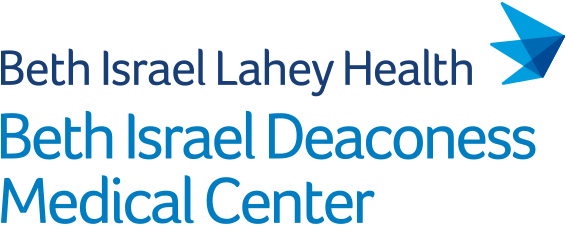BACKGROUND: Stroke is a recognized complication following transcatheter aortic valve replacement (TAVR). Although women have historically had a higher rate of bleeding and vascular complications after TAVR, contemporary data on sex differences in post-TAVR stroke and stroke severity are lacking. Disabling strokes significantly affect quality of life and outcomes, underscoring the need to explore sex-specific variations in post-TAVR stroke risk.
METHODS: In this retrospective cohort study, we included all patients who underwent TAVR in the National Inpatient Sample from 2016 to 2021. Stroke and stroke severity were ascertained using validated claims-based algorithms. Disabling strokes were defined as those resulting in death or discharge to a nonhome location. We used multivariable logistic regression to evaluate the association between sex and stroke while adjusting for covariates, including cerebral embolic protection use, and accounting for survey weights.
RESULTS: Among our weighted sample of 379 410 patients (43.9% female), women demonstrated higher overall in-hospital stroke incidence compared with men (2.31% versus 1.69%; adjusted odds ratio [aOR], 1.208 [95% CI, 1.082-1.350]). This difference was driven primarily by disabling strokes, which were more common in women (1.61% versus 1.01%; aOR, 1.327 [95% CI, 1.158-1.520]). Conversely, the incidence of nondisabling stroke was not statistically different between sexes (0.70% versus 0.67%;( aOR, 1.013 [95% CI, 0.844-1.215]).
CONCLUSIONS: Among patients undergoing TAVR in contemporary practice, women had a higher rate of any stroke and disabling strokes compared with men. These findings emphasize the need for tailored strategies to mitigate stroke risk and improve outcomes for female TAVR patients.

